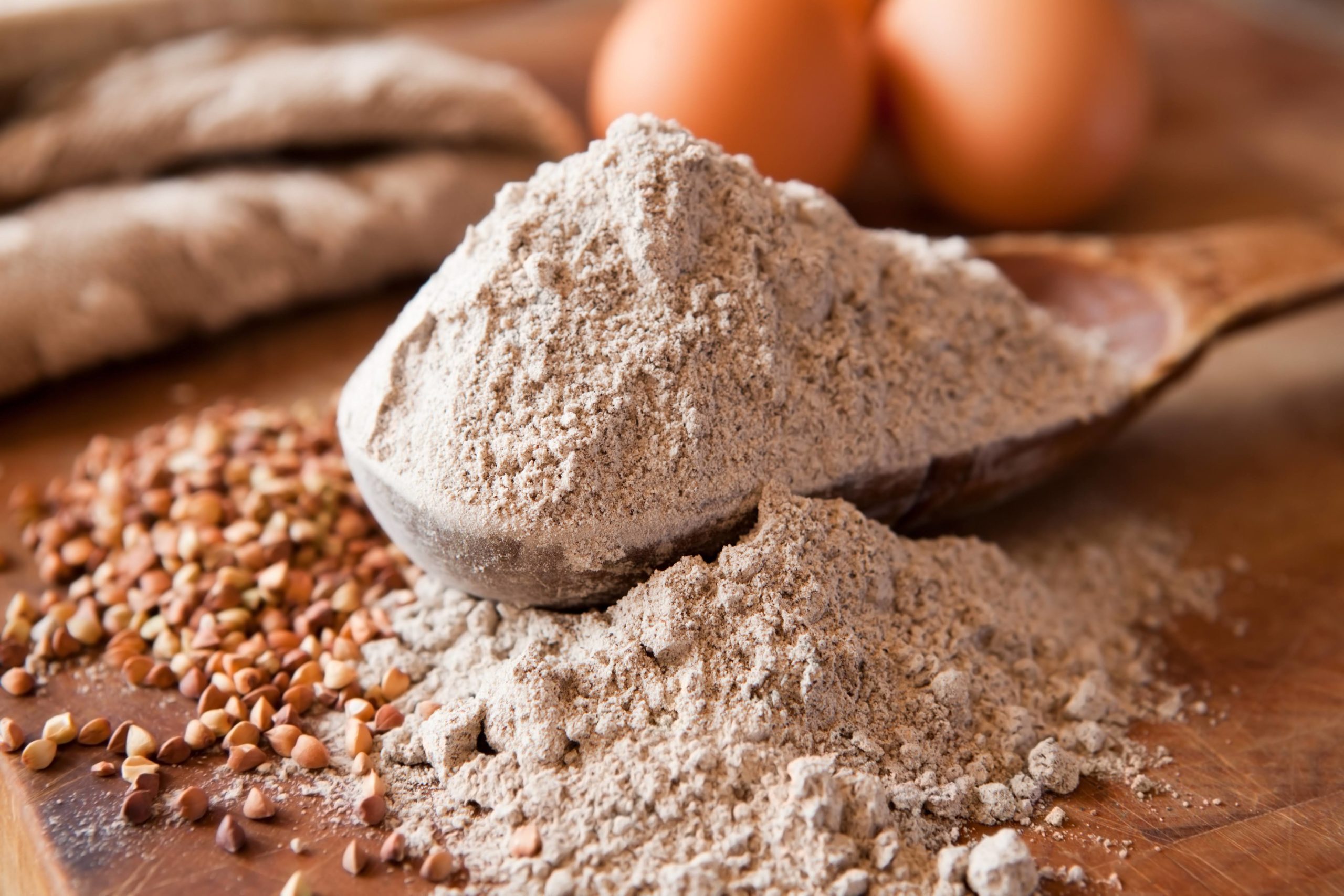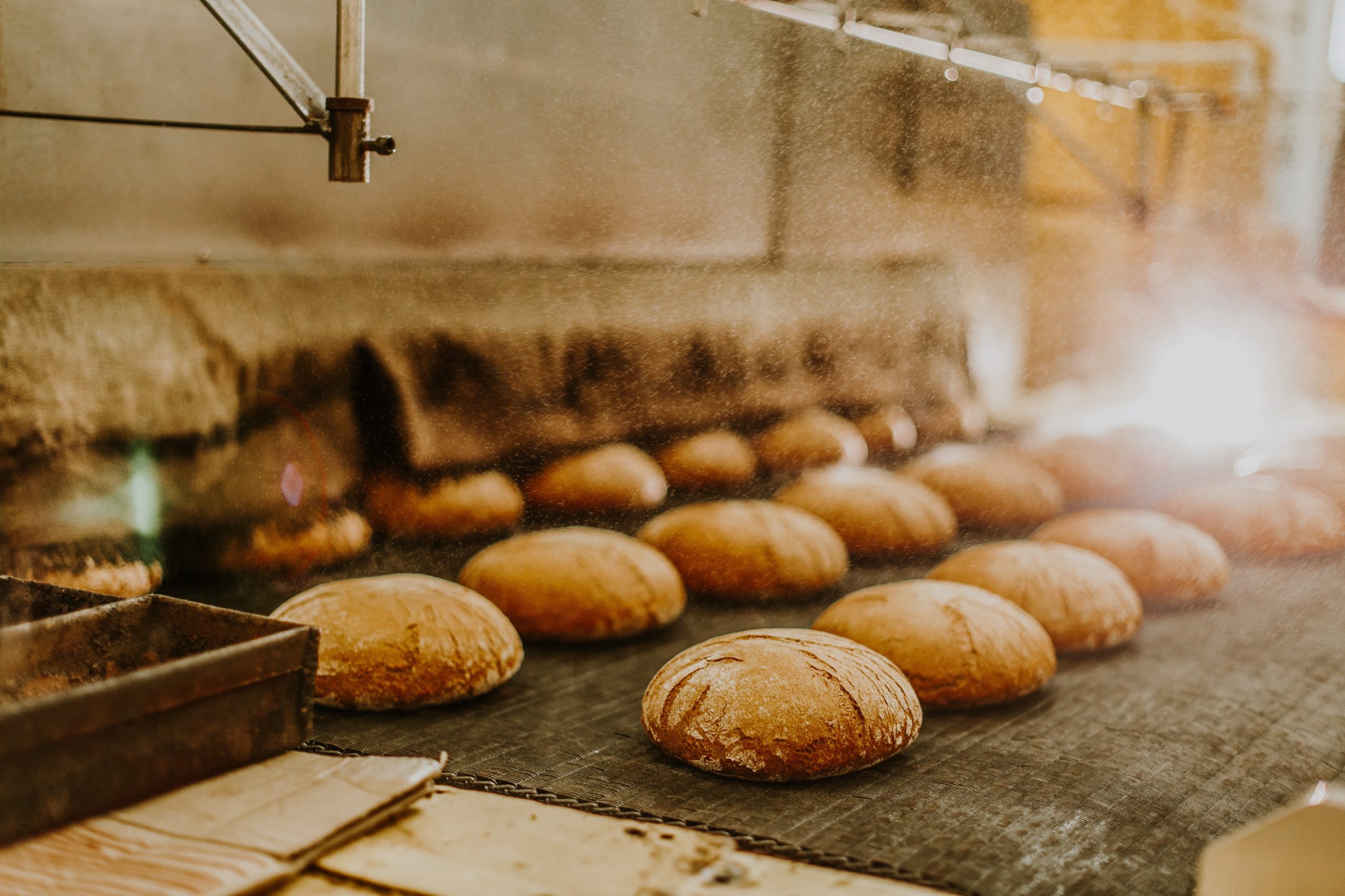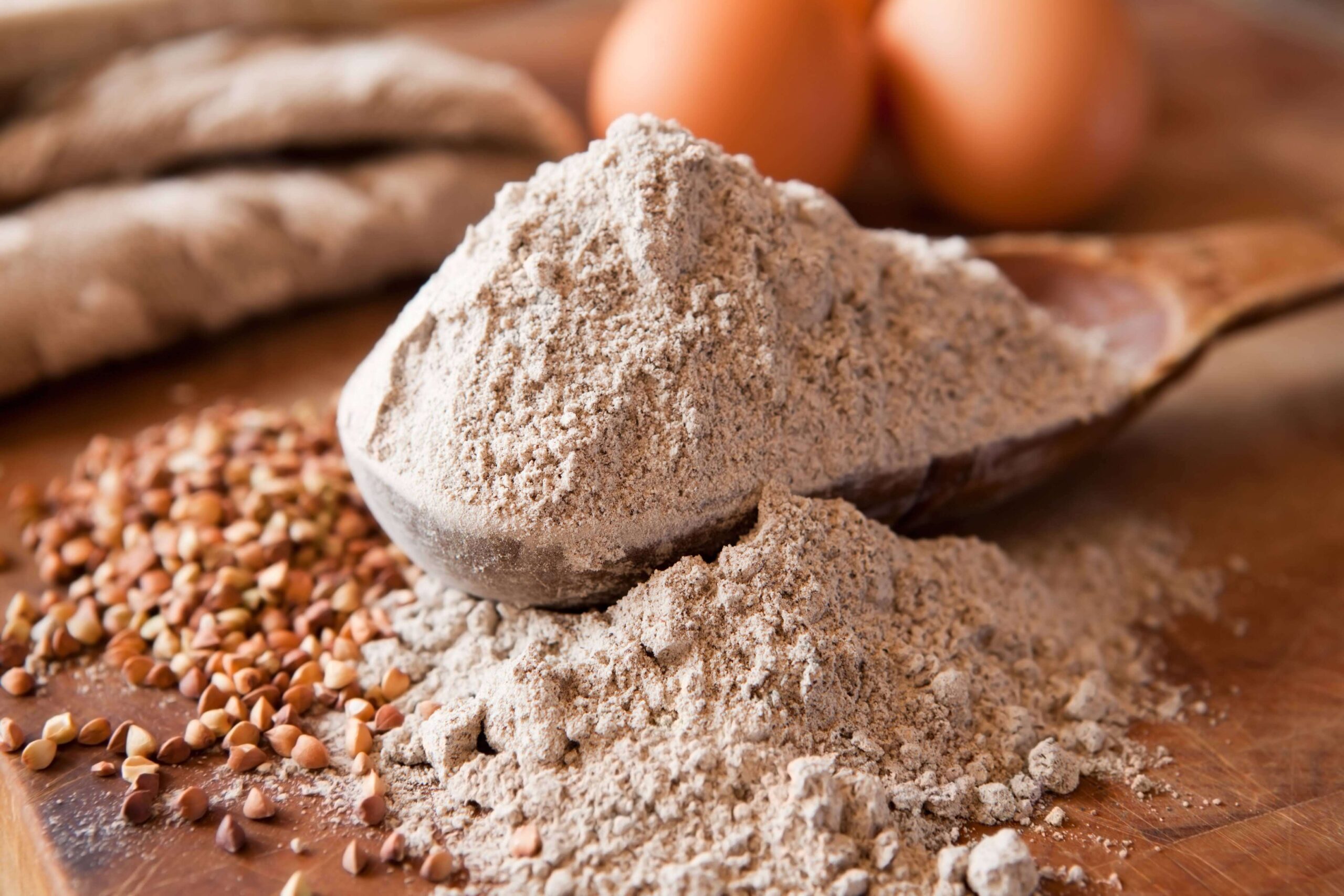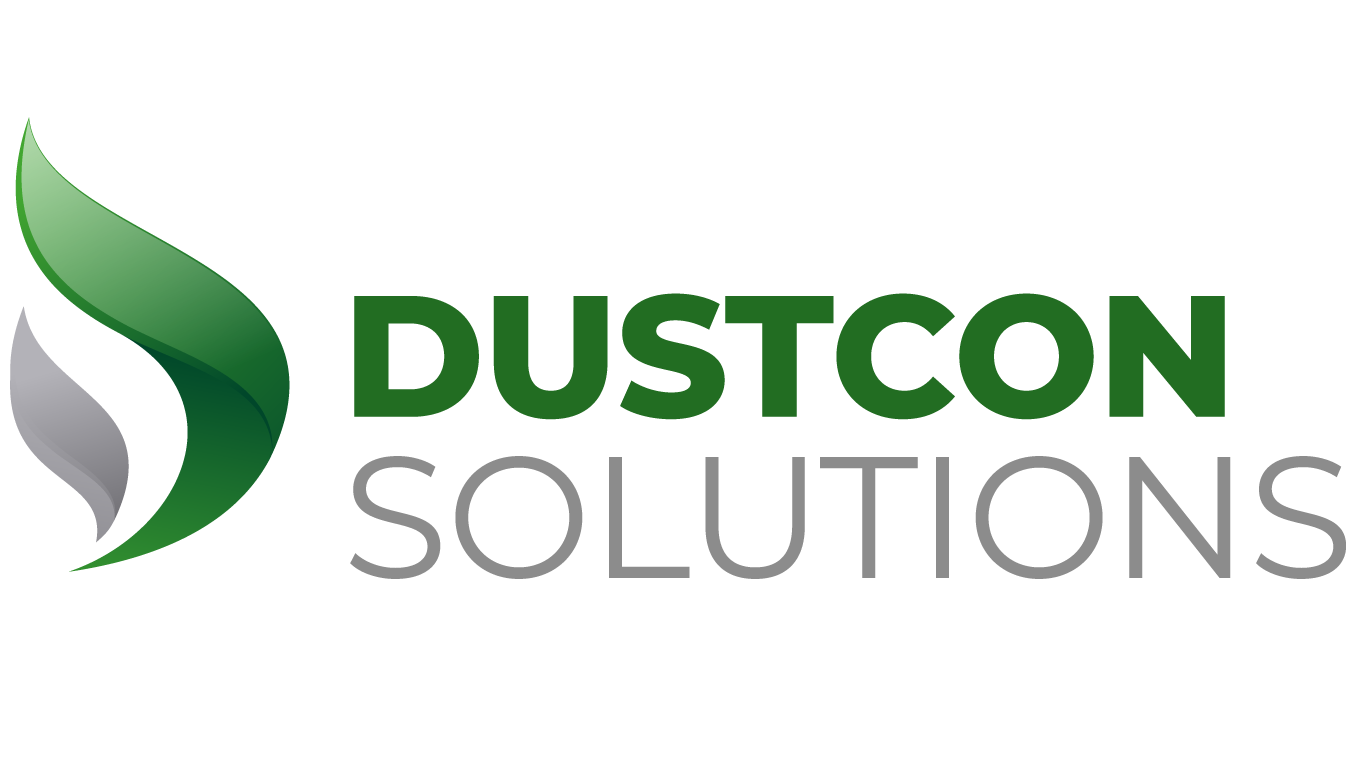

List of Materials that Can be Combustible Dust Hazards
This guide provides an overview of different materials that can be combustible dust hazards in your workplace, as well as general steps you can take to mitigate these hazards. The list was created by the US Occupational Safety and Health Administration (OSHA) based on information provided by the National Fire Protection Association (NFPA), as well as additional information from recognized experts in the field of occupational safety and health and published scientific research on the topic. This list isn’t exhaustive, but it covers some of the most common materials that pose combustible dust hazards and how they can be managed to reduce or eliminate risks.
Combustible dust can be found in most solid organic materials (such as sugar, flour, grain, wood, etc.), many metals, and some nonmetallic inorganic materials.
What is a Combustible Dust?
Combustible dust can be found in most solid organic materials (such as sugar, flour, grain, wood, etc.), many metals, and some nonmetallic inorganic materials. Below are some of the materials that are known to pose a combustible dust hazard in one form or another. Some items on this list are present more often than others; still, all of them should be properly handled to prevent any combustible dust explosion.
What is a Combustible Dust Hazard?
Combustible dust hazard refers to the risk of ignition and explosion due to particles suspended in air, usually as a result of mechanical processing or handling of materials. Some examples of materials that can be a combustible dust hazard include flour, sugar, welding dust, pulverized coal, metal powders and grain dusts like corn and soybean dusts.
Combustible dust is any finely divided solid material in powder, granular, or particulate form which, when dispersed in air in sufficient quantities as determined by testing according to NFPA 654 and standard industry practices, is capable of igniting and continuing to burn. Examples include: Wheat flour – Metal Powders – Grain Dust – Wood Particles – Powdered Sugar.
What is the Technical Definition for Combustible Dust?
Combustible dust is defined as finely divided solid material (or particles) which, when suspended in air and exposed to an ignition source, can propagate a rapid combustion reaction. Typically, combustible dust is limited to particles with a nominal diameter of less than 500-microns. Materials may be sampled and tested for explosibility using a number of laboratory test methods which generally involve dispersing the sample into a cloud using compressed air and exposing the dust-air mixture to a high-intensity ignition source to see if observable flame or pressure develops.
Examples of Materials that May be Combustible
Sugar, flour, grain, wood, etc. Metals: aluminium, iron, magnesium Oxides: aluminium oxide (alumina), magnesium oxide (magnesia) Sulfur compounds: calcium sulfate (plaster of Paris), barium sulfate Nonmetallic inorganic substances: chromic acid mists; phosphate salts; boric acid mists
Industries and Workplaces that May Have Combustible Dust Materials
Dust explosions have occurred in many different types of workplaces and industries, including:
- Grain elevators
- Food production
- Chemical manufacturing (e.g. , rubber, plastics, pharmaceuticals),
- Woodworking facilities
- Metal processing (e.g. , zinc, magnesium, aluminum, iron)
- Recycling facilities (e.g. , paper, plastics, metals), and
- Coal-fired power plants
Dusts are created when materials are transported, handled, processed, polished, ground and shaped. Dusts are also created by abrasive blasting, cutting, crushing, mixing, sifting or screening dry materials. The buildup of dried residue from the processing of wet materials can also generate dusts. Essentially, any workplace that generates dust is potentially at risk.
The Occupational Safety and Health Administration (OSHA) has regulations in place to protect workers from potentially harmful work conditions. The most important rule in OSHA’s Standard for General Industry is its Permit-Required Confined Spaces standard, which covers all types of confined spaces including those with contaminants such as combustible or ignitable materials.


Agricultural Products
- Powdered Egg whites
- Powdered Milk
- Nonfat Dry Milk (NFDM)
- Soy flour
- Corn Starch
- Rice Starch
- Wheat Starch
- Tapioca Starch
- Sugar
- Milk Sugar
- Beet Sugar
- Tapioca
- Whey
- Lactose
- Whey Permeate
- Wood flour
- Cellulose
- Agricultural Dusts
- Alfalfa
- Apple
- Beet root
- Carrageen
- Carrot
- Cocoa bean dust
- Cocoa powder
- Coconut shell dust
- Coffee dust
- Corn meal
- Cornstarch
- Cotton
- Cottonseed
- Garlic powder
- Gluten
- Grass dust
- Green coffee
- Hops (malted)
- Lemon peel dust
- Lemon pulp
- Linseed
- Locust bean gum
- Malt
- Oat flour
- Oat grain dust
- Olive pellets
- Onion powder
- Parsley (dehydrated)
- Peach
- Peanut meal and skins
- Peat
- Potato
- Potato flour
- Potato starch
- Raw yucca seed dust
- Rice dust
- Rice Hull
- Rice flour
- Rice starch
- Rye flour
- Semolina
- Soybean dust
- Spice dust
- Spice powder
- Sugar (10x)
- Sunflower
- Sunflower seed dust
- Tea
- Tobacco blend
- Tomato
- Walnut dust
- Wheat flour
- Wheat grain dust
- Wheat starch
- Xanthan gum
Carbonaceous Dusts
- Charcoal, activated
- Charcoal, wood
- Coal, bituminous
- Coke, petroleum
- Lampblack
- Lignite
- Peat, H2O
- Soot, pine
- Cellulose
- Cellulose pulp
- Cork
- Corn
Chemical Dusts
- Adipic acid
- Anthraquinone
- Ascorbic acid
- Calcium acetate
- Calcium stearate
- Carboxy-methylcellulose
- Dextrin
- Lactose
- Lead stearate
- Methyl-cellulose
- Paraformaldehyde
- Sodium ascorbate
- Sodium stearate
- Sulfur
Metal Dusts
- Aluminium
- Titanium
- Bronze
- Iron carbonyl
- Magnesium
- Manganese
- Zinc
- Zirconium
Plastic Dusts
- Polyacrylamide
- Polyacrylonitrile
- Polyethylene (low-pressure process)
- Epoxy resin
- Melamine resin
- Polymethylacrylate
- Phenolic resin
- Polypropylene
- Terpene-phenol resin
- Urea-formaldehyde/ cellulose, molded
- Poly vinyl alcohol
- Poly vinyl butyral
- Poly vinyl chloride (PVC) compound blends


Addressing NFPA 652 Standard Regarding Combustible Dusts
Do you operate a facility that requires you to engage with substances that are dusty or powdery in n


6 Industries Added by OSHA to the Combustible Dust NEP Program
n late January 2023, a new version of the Combustible Dust National Emphasis was issued by the Occup


Ensuring the Safety of Facility Through Dust Explosion Test Data
“Could it be a problem if my powder has demonstrated 3mJ of minimum ignition energy and 256 bar.m/






